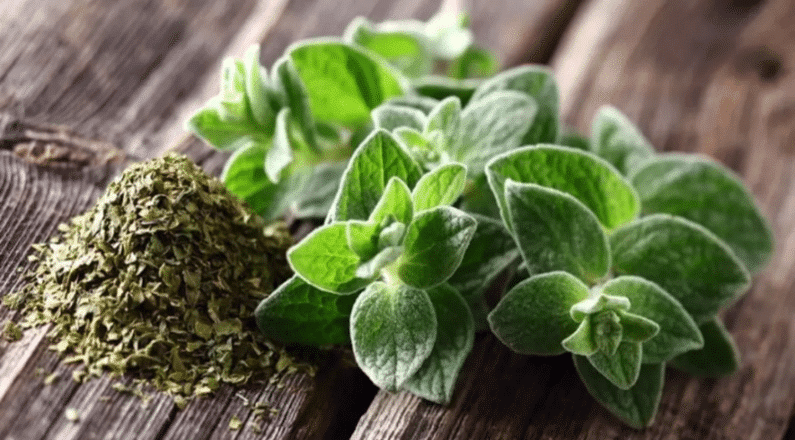Rosa canina of Rosaceae Family
Morphology: It is a shrub belonging to the genus Rosa. The shrub is deciduous and grows to a height of up to 1.5 m. The shrub is a deciduous shrub of the genus (genus Rinaceae).
It grows to a height of 5 meters and is a member of the Rosaceae family. It can reach greater heights by climbing up the trunks of tall trees. Its twigs are full of thorns that help it to climb. Its flowers are usually pale pink but include a variety of dark pink to white. At maturity the fruit is produced, red orange in color.
The rosehip is a perennial shrub, multi-branched and thorny, reaching a height of 1-3 m, belonging to the Rosaceae family. This group of plants is found in temperate regions in both hemispheres. Rosa canina has pink or white flowers with smooth leaves and a strong fragrance. The petals are sparse, and the fruit is known as ‘cane fruit’. It matures near the end of summer to autumn and is food for birds and small mammals. The stem is many-branched and spiny, the leaves are lanceolate and toothed, the fruits are red and oval with many seeds, and the cane fruit and flowers are white or pink.
The parts used are the flowers and fruits.
Flowering: It flowers in spring. The flowering period is from May to July.
The plant part for dew: Fruit.
Harvesting season: Flowers are harvested from May to July, while the fruits are harvested from late summer to fall.
Distribution and habitat: Rosa canina is found on slopes in forest clearings, in sunny areas, in ravines, in ravines, streams, rivers, on slopes or as a natural hedge between fields.
Folklore: In folklore, the proverb “eure ta woolly” has been recorded, meaning that one who is particularly tough and strong will at some point fall on the strong thorns of the wild rose (similar: he found his teacher).
Historical facts: It is a plant known since ancient times. In the past, the leaves of the rosehip were used as a substitute for tea and for making syrups, while the pulp of the fruit was used to make sweets (Ozkan 2001; Kouvatsos 2013; Demir).
Ingredients: The cane fruit is a good source of trace elements as well as vitamins.
Uses: Due to its high content of Vitamin C, cane root helps in the treatment of infections and colds by improving the body’s defense. It helps in the restoration and treatment of lung function or other lung and chest diseases, it eliminates uric acid accumulations, it helps in gout and rheumatic pains, and finally it is an effective antiseptic for infections and irritations of the eyelids and eyes (Sagdic 1997, Kouvatsos 2011, Ozkan).
It has great applications in practical medicine and pharmacy.



















